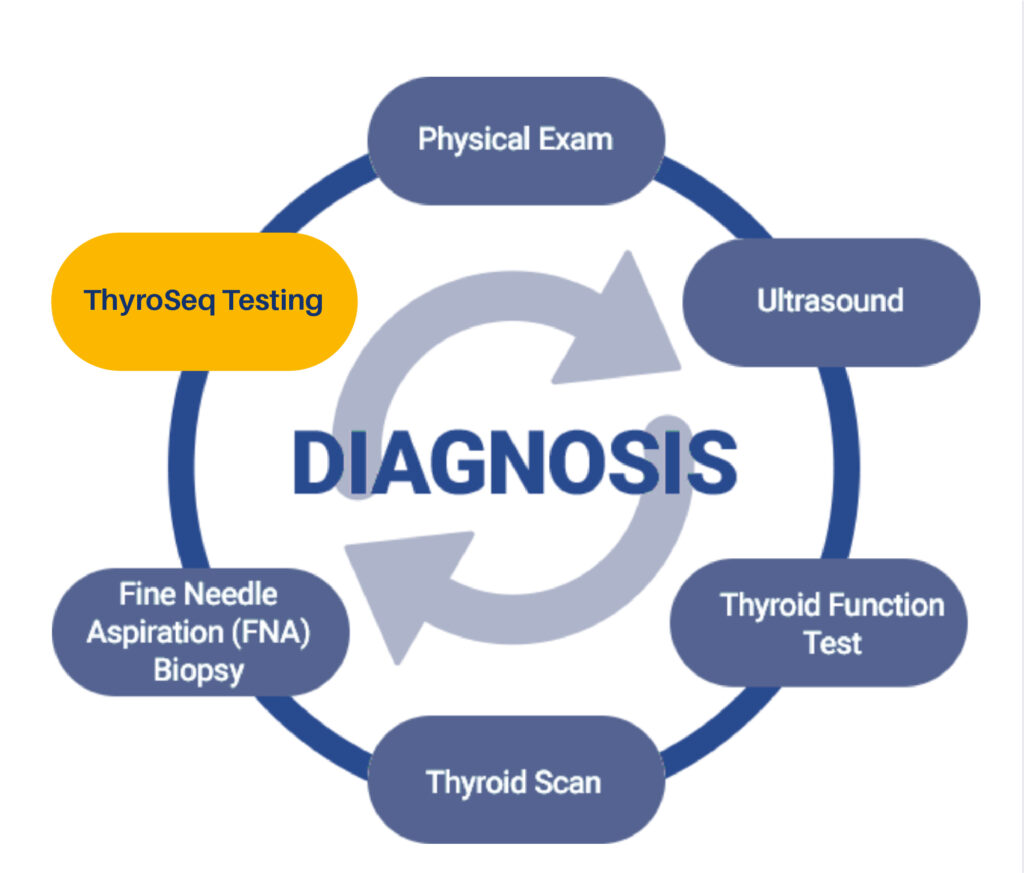Stages of testicular cancer:
The stage of cancer describes how large it is and if it has spread to other areas. Doctors also check the levels of certain substances (tumor markers) in your blood. Knowing the stage helps your doctor choose the best treatment for you.
Testicular cancer is classified into 4 stages: stage 0 (germ cell neoplasia in situ), and stages 1, 2, and 3.
Staging systems:
There are different ways to stage testicular cancer. The most common methods are the number staging system and the TNM system.
Number Staging
This system has 4 main stages, from stage 0 to stage 3. Below is a simple explanation of this system.
TNM Staging
Another way to stage testicular cancer is the TNM system, but it’s not often used in the UK for this purpose, so we won’t go into much detail here.
– T stands for Tumor, describing the size of the tumor.
– N stands for Node, indicating whether cancer cells are in the lymph nodes.
– M stands for Metastasis, showing whether the cancer has spread to other parts of the body.


How do doctors stage testicular cancer:
Your doctor determines the stage of your cancer after examining you and reviewing your test and scan results. They also analyze the tissue removed during surgery.
S Stage
Doctors also check the levels of certain substances (tumor markers) in your blood, which are normally produced by the testicles. Cancer cells can cause these levels to increase.
Here’s what the S stage means:
– S0: Markers are at normal levels
– S1: Markers are slightly elevated
– S2: Markers are moderately elevated
– S3: Markers are very high
Stage 0 (Germ Cell Neoplasia in Situ):
Germ cell neoplasia in situ (GCNIS) refers to the presence of abnormal cells in the testicle, sometimes referred to as stage 0.
These cells appear abnormal under a microscope, but they are confined to the tiny tubes within the testicle (the seminiferous tubules). They haven’t spread to other parts of the testicle. GCNIS isn’t cancer and doesn’t cause symptoms, but it has the potential to develop into invasive cancer.
Stage 1:
Stage 1 is the earliest stage of testicular cancer, where the cancer is confined to the testicle and hasn’t spread to nearby lymph nodes or other organs.
Stage 1 is further divided into:
– Stage 1A and 1B, based on the size of the tumor.
– Stage 1S, which indicates that tumor marker levels in your blood are elevated after surgery.
Read More about stage 1A,1B and 1S:
– Stage 1A: The cancer is contained within the testicle and hasn’t grown into nearby lymph nodes or blood vessels. Tumor markers are at normal levels (S0).
– Stage 1B: The cancer has spread beyond the testicle into nearby tissues but hasn’t reached the lymph nodes or distant organs. Tumor markers are still normal (S0).
– Stage 1S: The cancer might have spread beyond the testicle, and at least one tumor marker in your blood is elevated (S1, S2, or S3).

Stage 2:
In stage 2, the cancer has spread from the testicle to nearby lymph nodes in your abdomen or pelvis.
Your blood markers might be normal or slightly elevated (S0 or S1).
Stage 2 testicular cancer is further divided into 2A, 2B, and 2C, based on the number of lymph nodes affected and their size.
Read More about stage 2A,2B and 2C:
In stage 2 testicular cancer, the cancer might have spread beyond the testicle into nearby tissues, but it hasn’t reached distant lymph nodes or other organs. Tumor marker levels in your blood are normal or slightly elevated (S0 or S1).
– Stage 2A: The cancer has spread to no more than 5 nearby lymph nodes, all of which are 2 cm or smaller in size.
– Stage 2B: The cancer has either:
– Spread to at least one nearby lymph node that is larger than 2 cm but no bigger than 5 cm.
– Spread to more than 5 nearby lymph nodes, but all are smaller than 5 cm.
– Grown through the outer layer of the lymph node.
– Stage 2C: The cancer has spread to at least one nearby lymph node that is larger than 5 cm.


Stage 3:
Stage 3 testicular cancer indicates that the cancer has spread to lymph nodes or other organs. It is divided into 3A, 3B, and 3C, based on the locations where the cancer has spread and the levels of tumor markers in the blood.
Read more about stage 3A,3B and 3C:
In stage 3 testicular cancer, the cancer has likely spread beyond the testicle to other areas.
– Stage 3A: The tumor markers are normal (S0) or slightly elevated (S1). The cancer has spread to:
– Distant lymph nodes, like those near the collarbone
– Your lungs
– Stage 3B: The cancer has spread to:
– Nearby lymph nodes with moderately high tumor marker levels (S2)
– Your lungs or distant lymph nodes with moderately high marker levels (S2)
– Stage 3C: This stage includes:
– The same spread as stage 3B but with very high tumor marker levels (S3)
– Spread to another organ, such as the liver or brain (previously called stage 4), with tumor markers at any level (S0, S1, S2, or S3)
https://goodheart.sva.la-studioweb.com/04-goodheart-cancer-fundraising/

